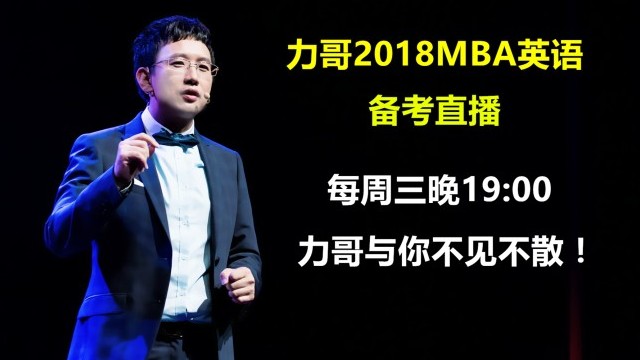上海交通大学1999年秋季英语博士生入学试题
Part One: Listening Comprehension (25 points)
Section A: Spot Dictation
DiruChons: In this section, you are going to hear a passage. The passage will be read only once. Fill in the blanks with the words you hear on the tape. After the passage, there will be 3-minute pause. During the pause, you must write the words on the Answer Sheet. Now, please get ready.
As we grow up and grow old, our society offers us a sequence of
(1) age-related roles, such as schoolchild, apprentice, college student, graduate, spouse,
(2) executive, and retiree. Various role opportunities thus open or close to us at
(3) point in our passage from the cradle to the grave. In this connection it is
(4) to think of society as containing two fluid structures: a structure of ages, and a structure of roles. The
(5) refers to the number and proportion of people in different age
(6)-, such as infants, the middleaged, or the old. The latter refers to the number and types of roles that society makes
(7)
such as those of warrior, airline captain, or grandparent. Both the age structure and the role structure of a society are
(8) changing.
Every society has to try to provide appropriate roles for its members,
(9)the aged. In a small number of societies where
(10) are very
limited, there arc few roles for the old to play, and they may be
(11) from
the community to die. The Eskimo, for example,
(12) left
unproductive older members to perish in the snow, and
(13) today the I3:
of Uganda leave the old and the infum to
(14) to death. In most traditional societies, however, the aged are accorded an
(15) role, so much so that people may took forward to old age. The old typically live out their lives in a large
(16) family containing children, grandchildren, and great-grandchildren Their life-long
(17) makes them the repository of wisdom in the community, on subjects ranging from folklore to religion to
(18) . Old men typically wield great political power as treads of families, and the aged of both sexes are usually
(19) to remain active in the community and to perform some forms of light labor until
(20) old age.
Section B: Multiple Choice
In this section, you will hear a passage. At the earl of the. passage, you R7l he& 5 gtxatiores. The passage and the qucahon wtjl be read only once. After each quesfan, thane will be a prose. Dwift the pauee, you must read the four wed moms mated A, B, C and D and decide which is the best answer. Then Write your choice on the AnsaW Sheet.
21.
A) Doctor Kapbn.
B) A university technician.
C) A lab instmtor.
D) A specialist in science.
22
A) At the beginning.
B) In the mid(Oe.
C) Near the end
D) During the find exam.
23. A) To expisin the purpose of having lab experiences.
B) To stress the brvartance of safety procedures.
C) To tell them where to buy safety equipment.
D) To help them to understand their lab results.
24.
A) An innovative scientist cannot take normal precautions while performing experiments.
B) An irwrntor must be Billing to make some painful personal sacrifices to achieve his or her goals.
C) Precautionary measures must be followed in all laboratory work to crnsure one's safety and health.
D) Chemists with personal problems should never use toxic subslanccs.
25.
A) Leave the room. .
B) Hand in their lab notebooks.
C) Go to Professor Kaplan's office.
D) Work on an experiment.
Section C: Question and Answer
directions: In this section, you w-l hear a passage. The passage %vitl be read ordy anc:,. Then try to answer the follo%ing 5 questions. Remember you should write your anssvm on the Answer Sheet.
26. What would a man do when a woman got onto a crowded bus in the past'?
27. What does a roan do toda),?
28. What, according to the author, is the cause of this change?
29. What will a girl insist on sa)ing if she is taken out for a meal?
30. What have men given up nowadays?
Part II Vocabulary (20 points)











